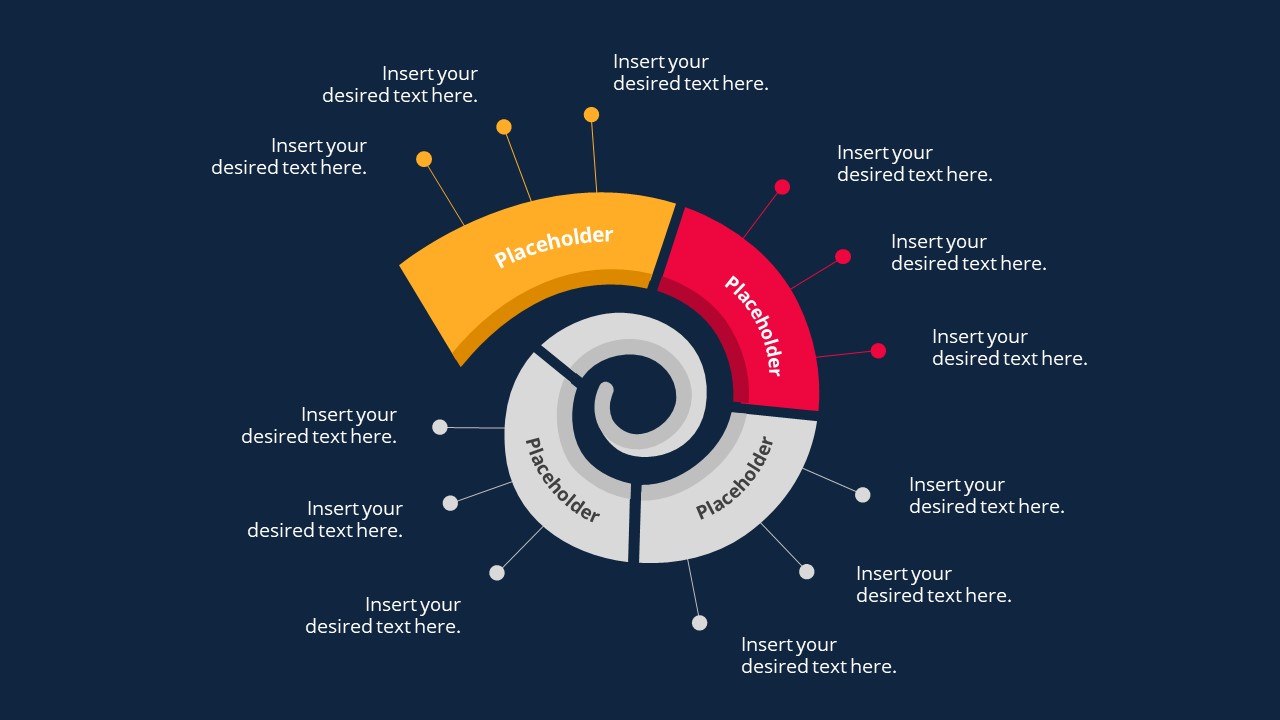Circular-flow model was altered to incorpo rate the government sector and suggest that even more changes would have to be made to the chart if we were to incorpo rate international-trade relationships. Distribute Activity 10.6 and note that the circular-flow diagram from Visual 10.2 is reproduced at the top. Instruct the stu. Diagram of the Circular Flow of Income The flow of money in society can be referred to in the diagram below: Circular flow of income is an integral concept in economics as it describes the foundation of the transactions that build an economy. The circular flow diagram tool provided by VP Online lets you create professional circular flow diagram in a snap. Create the circular flow diagrams easily with drag and drop, format shapes with different colors and fonts, keep your design in a cloud workspace and work collaboratively with your team.
The circular flow diagram is an economic model of the economy in which the major exchanges are represented as flows of money, goods and services, etc. between economic agents.
History[edit]
- see also History macroeconomic diagrams
Tableau économique by Francois Quesnay, 1759
The capital circle by John Stuart Mill, 1885
Economic value, price and distribution by Seager, 1904
Circuit flow of money by W.T. Foster, 1922
The competitive price system adapted from Samuelson, 1961
Circular flow model by Hrubovcak, 1995
Types of diagrams[edit]
Two sector circular flow diagram[edit]
Three sector circular flow diagram[edit]

Four sector circular flow diagram[edit]
4 actors & 3 markets
Five sector circular flow diagram[edit]
Other circular flow diagrams[edit]
Economic Circular flow with Capital Accumulation according to Keynes
See also[edit]
The Circular flow of income diagram models what happens in a very basic economy.
In the very basic model, we have two principal components of the economy:
- Firms. Companies who pay wages to workers and produce output.
- Households. Individuals who consume goods and receive wages from firms.
This circular flow of income also shows the three different ways that National Income is calculated.
- National Output. The total value of output produced by firms.
- National Income. (profit, dividends, income, wages, rent) This is the total income received by people in the economy. For example, firms have to pay workers to produce the output. Therefore income flows from firms to households.
- National Expenditure. Total amount spent on goods and services. For example, with wages from work, households can then buy goods produced by firms. Therefore, the spending goes back to firms.
This represents a simple economic model; it is a closed economy without any government intervention.
In the real world, it is more complicated. We also add two more components:
- Government. The government taxes firms and consumers, and then spend money, e.g. health care and education.
- Foreign sector. We sell exports abroad and buy imports. Therefore, there is a flow of money between one country and the rest of the world.
Withdrawals (W) into Circular Flow of Income
Withdrawals are items that take money out of the circular flow. This includes:
- Savings (S) (money not used to finance consumption, e.g. saved in a bank)
- Imports (M) (money sent abroad to buy foreign goods)
- Taxes (T) (money collected by government, e.g. income tax and VAT)
Injections (J) into Circular Flow of Income
Spending that puts money into the circular flow of income.
- Investment (I). Money invested by firms into purchasing capital stock.
- Exports (X). Money coming from abroad to buy domestically produced goods.
- Government spending (G). Government welfare benefits, spending on infrastructure.
Circular Flow Diagram Economics
Related